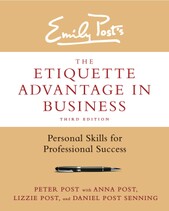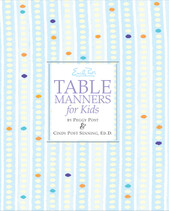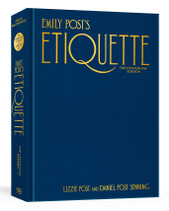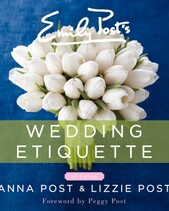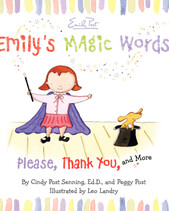Accessibility Statement
Our Commitment to Providing Accessible Content
Emily Post wants everyone who visits the Your Organization website to feel welcome and find website browsing a experience rewarding.
What Does This Mean?
We’ve been using the Web Content Accessibility Guidelines (WCAG) 2.1 to help guide us in making web content more accessible for people with disabilities, those who use assistive technology, and to make the web more user friendly for everyone.
These guidelines have three levels of accessibility (A, AA and AAA), and we’ve chosen Level AA as the target for our website.
How Are We Building Accessible Content?
Many of the documents and pages on the website are in HTML or plain text formats. These formats are generally accessible to people using screen readers and other assistive technology. By using proper headline and paragraph HTML tags we’re able to build content that’s both accessible to those using this technology, and create a natural visual hierarchy for those browsing with a traditional browser. In this way we strive to build content that can be read by as many people as possible, on as many devices as possible.
Accessibility for None-HTML Content
Some content that appears on the website is not HTML or in a plain text format. This rich-media content has unique considerations when building for accessibility and has been treated differently.
Embedded Maps
Embedded Google maps are used to show a local context for businesses and locations on the website. Learn more about how Google provides accessible content.
Adobe Acrobat PDF Files
There are a several in Adobe Acrobat® Portable Document Format (PDF).
PDF format is used to preserve the content and layout of hard copy publications. Publications in PDF can be viewed and printed using the Adobe Acrobat Reader®, version 3.0 or higher. You can download and get help using the Acrobat Reader at the Adobe Systems, Inc. site. The downloadable Acrobat Reader software is available at no charge from Adobe.
People using screen-reading devices generally are unable to read documents directly in PDF format, unless they have an accessibility plug-in installed on their system along with the Adobe Acrobat Reader. This plugin is also available at no charge from Adobe. Adobe offers online tools that will convert PDF files to HTML on request. To get the plugin and latest news about Adobe’s accessibility tools and services, visit the Access Adobe site.
Embedded Streaming Media
The videos on our website support closed captions and/or subtitles when relevant to the streaming content. When activated, streaming media can be made more accessible by supplying a text alternative to spoken language.
Popular streaming service YouTube supports browsing with a screen reader with minimal setup.
Browsing YouTube with a screen reader
Accessibility Statement Restrictions
Our website was audited and repaired for accessibility as of the date listed at the bottom of this statement.
How Are We Doing?
We’ve worked hard to make our website approach the Level AA WCAG 2.1 accessibility guidelines. If you do find any problems or have suggestions on how to improve our website’s accessibility, please get in touch.
Statement last modified: November 16, 2020
